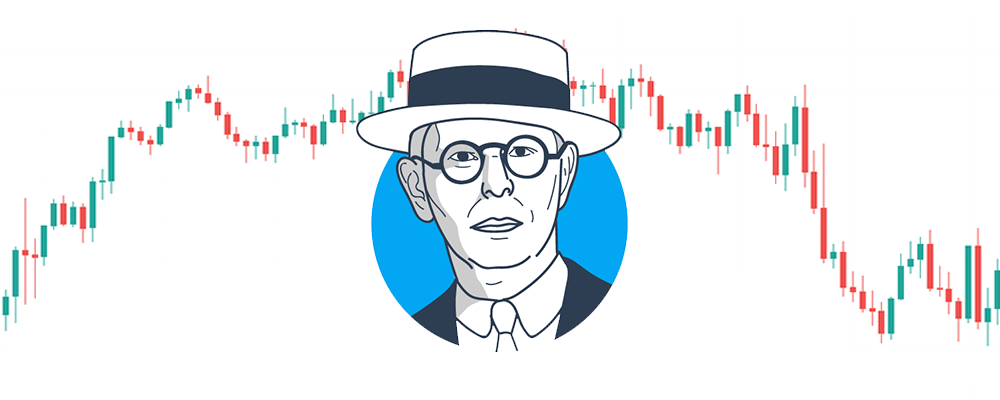Jesse Livermore: The Best and Worst of Trading
Market Meditations | January 12, 2021

When it comes to the role models and sources of inspiration of the world’s greatest traders, few people are cited more than Jesse Livermore.
Livermore’s tale is a brilliant and simultaneously tragic one.
Livermore famously shorted the 1929 market crash (otherwise known as The Great Depression), building a fortune of $100 million.
To put that into context for you, that is the equivalent of $1.5 billion in today’s money ? By 1934, Livermore lost his money and tragically took his own life in 1940.
Therein lies why Livermore is so fascinating to study for traders. It is the complete polarity of his trading successes.
- On the one hand, Livermore is amongst a handful of people in the world who have scaled the absolute heights of success in trading.
- On the other hand, his story is a powerful reminder of how quickly things can go wrong if you don’t remain cautious of the markets and allow complacency to creep in.
Fortunately for us when it comes to studying his successes, Livermore left behind some trading rules. And of course, the failure to follow these rules led to his losses.
In today’s letter, we elaborate on a few of our favourites.
For those who wish to venture further, you can read Livermore’s own book: How to Trade Stocks ?
What’s more, if you are keen to learn more about his life and experiences, check out Reminiscences of a Stock Operator ? by Edmin Lefere.
“Do Not Trade Everyday of the Year”
This statement from Livermore is especially relevant to the current markets we are trading and also particularly important to any new traders in the space.
If you are new to our community, welcome.
As was the case a century ago when Livermore was trading, newcomers are very eager to trade to be active in the market ⏰ Many people fall victim to over-trading.
Whether it is calling bitcoin tops and bottoms or trying to pick the next altcoin that will rally, chances are you are looking for trades all the time.
It is important for all traders to remember that you don’t need to trade everyday.
We would even like to take that a step further, to say that it is even better not to trade a lot of times ?
We must all learn not to force trades and to only pick the trades that have the best likelihood to make us money.
For the majority of people, a simple buy and hold strategy, especially in the current crypto market conditions, may be advisable.
The trades that don’t have the best odds, will cost you time, stress and will never be the trades that make you big money.
“Only Enter a Trade After the Action of the Market Confirms Your Opinion and Then Enter Promptly”
Our regular readers will be used to us saying this: having a tested trading strategy.
Before ever making a trade you need to have your trade plan ready.
A trading plan does not only consist of your technical or fundamental reasons for entering a trade.
In fact, your specific reasons for entering a trade are the least important part. 80% of trading is founded in managing your risk and psychology.
The key is being thorough in your research and not rushing into your trade ⏳
Whatever your thesis, let the market confirm it and wait for the trade to expose itself to you.
Once your trade has come alive in the market, the most important thing is to be aware of all the changes that may render your plan worthless.
Be prepared to sell your position when the market changes direction.
When your confirmation is no longer there you are left with but one option and that is to close your position.
Close it confidently, logically and unapologetically.


